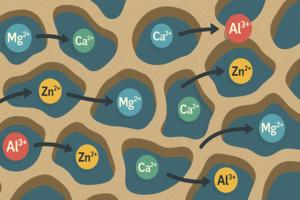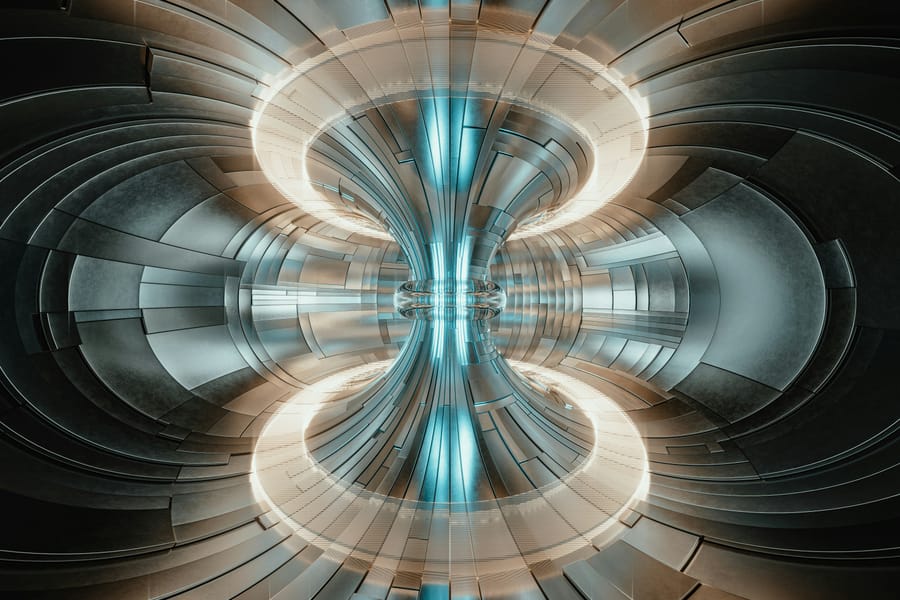A study published in Cell Reports Physical Science in September 2025 reports that a generative AI model screened over 1 million simulated crystal structures and identified porous oxide materials as promising candidates for next-generation energy storage. The research, led by Stanford University and Lawrence Berkeley National Laboratory, focused particularly on copper, manganese, and cobalt oxides due to their ability to provide large surface areas that enable rapid ion exchange, a key feature for efficient battery systems.
According to the researchers, the AI not only filtered the most promising candidates but also predicted their stability and chemical properties. From the initial dataset of more than one million structures, around 15,000 were identified as potentially viable, with subsequent experimental validation confirming their suitability. Porous oxide materials could serve as alternatives to lithium-based systems, especially given the supply constraints and geopolitical challenges surrounding lithium at a time of rapidly increasing global demand for energy storage.
The significance of these findings lies in the ability of generative AI to accelerate the traditionally slow process of materials discovery, which has often taken years or even decades. The study highlights that this AI-driven approach is not only faster but also more cost-efficient, opening the way for future batteries to be based on more abundant and sustainable raw materials rather than lithium. This method could help accelerate the clean energy transition while enhancing energy security worldwide.
Sources:
1.
2.
3.









